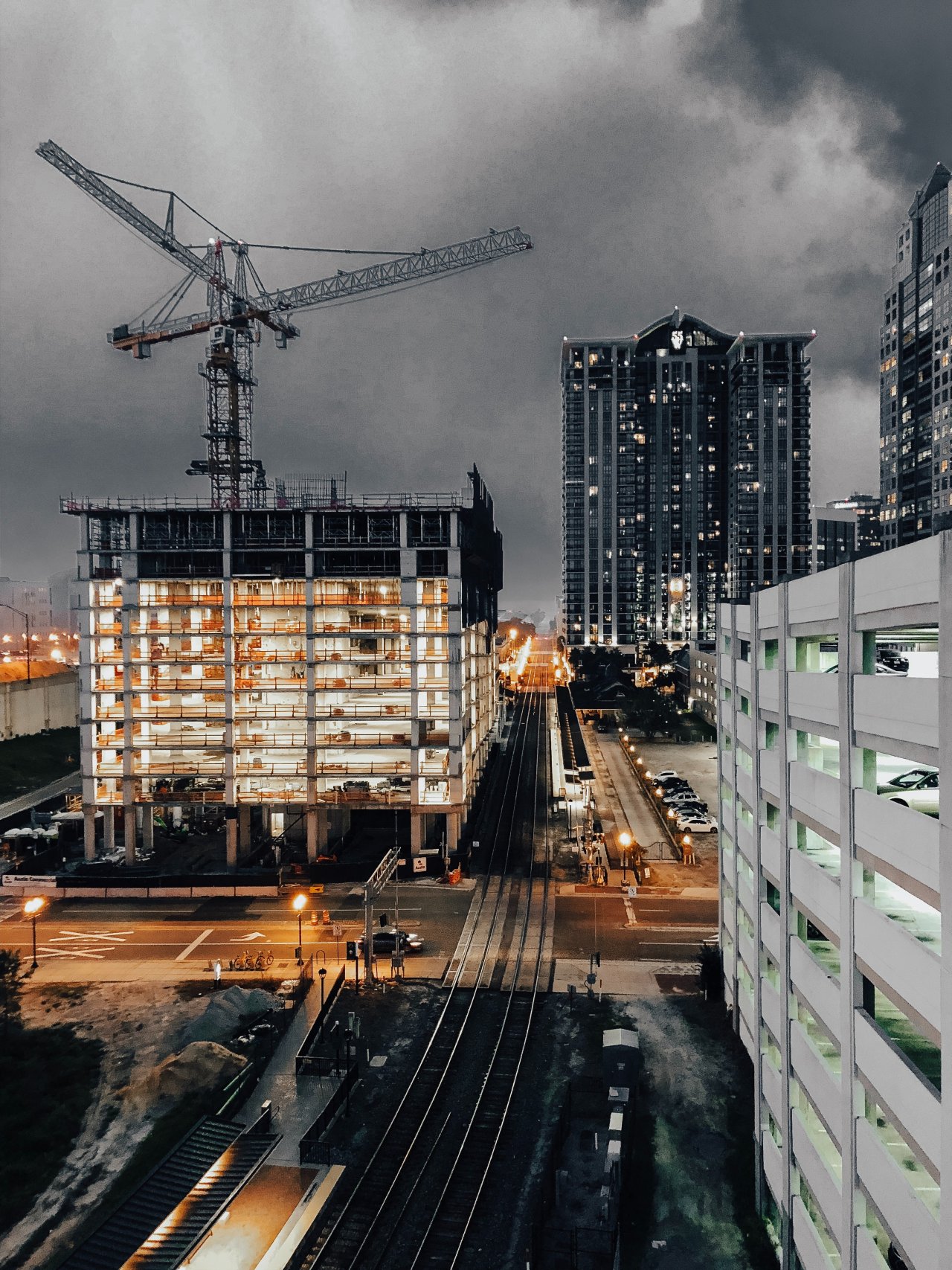3 Smart Buildings Technologies To Demolish Carbon Footprint

With the construction industry spitting out 39% of global carbon emissions, we’ve got to be smarter when it comes to buildings. Here are the latest and most intelligent solutions that project developers could tap into.
AI & IoT
As the circular economy teaches us, reduction should be on top of our smart to-do list. Heating, ventilation, air-conditioning, and refrigeration systems (HVAC or HVACR) account for up to 60% of the energy consumed by commercial buildings. For this reason, HVAC’s energy management is paramount in smart buildings. To achieve this, project developers are harnessing a powerful combo: Artificial Intelligence (AI) and Internet Of Things (IoT). In a truly smart building, an AI-assisted HVAC system is connected to IoT sensors. Thanks to this clever architecture, building managers can continuously and automatically gather useful data such as room occupancy, temperature, humidity, etc. When receiving this information, an AI-enhanced tool will turn it into actionable insights (e.g., switching off the HVAC in a meeting room between 12 and 1 pm). As a result, the building will minimise its operational carbon footprint. According to some estimates, the AI-IoT synergy could cut HVAC’s electricity demand by up to 25%.
Green Energy Tech
While more efficient energy management is the key benefit of smart buildings, you still need some power to run them. So, they should be designed to harvest green energy on-site. Technologies like solar panels have now become second nature on rooftops and facades. And that’s not just happening at the equator. Take the Powerhouse Brattørkaia in Norway, for instance. Besides being self-sufficient, the northernmost energy-positive building is providing solar power to nearby premises and electric vehicles. But the integration of renewables into construction projects is broadening its horizon. Geothermal technology could be one of the hot trends in smart construction. A first-of-its-kind geothermal apartment complex is expected to be up and running in Brooklyn by 2025. This sustainable move will ensure a 53% reduction in terms of building greenhouse gas (GHGs) emissions.
Smart Building Materials
The first two smart building technologies we talked about aim for generating lower-carbon power and attaining a better energy performance. Although these are effective ways to reduce buildings’ operational CO2 emissions, they don’t address their embodied carbon. Which is why the smart transition should be extended to building materials too. And what’s smarter than a cement-free concrete that is made from waste and absorbs CO2 for life? A carbon-negative concrete that generates high-quality offsets, increases buildings’ climate resilience, and can also be used for coral restoration applications.
Conclusions
Green energy tech, AI, IoT, carbon-negative building materials. This array of advanced solutions are enabling the shift towards smart and zero-carbon buildings. Be clever, reach out to us today!